AMERICA’S FAVORITE MONTH TO GO TO WAR

 War clouds may be gathering over the Koreas. Again. And the timing couldn’t be worse to those who know history. Because April is when America most often goes to war.
War clouds may be gathering over the Koreas. Again. And the timing couldn’t be worse to those who know history. Because April is when America most often goes to war.
Fate has a thing for April. It loves unleashing major events then. More serious history has been made in this one month than any other: Paul Revere’s ride (1775); Lincoln’s assassination (1865); Jesse James killed (1882 – click here for more); the Titanic sank (1912); Martin Luther King’s assassination (1968), plus many more.
 Here’s another little-known fact: the majority of American wars began in April.
Here’s another little-known fact: the majority of American wars began in April.
Revolutionary War – April 19, 1775
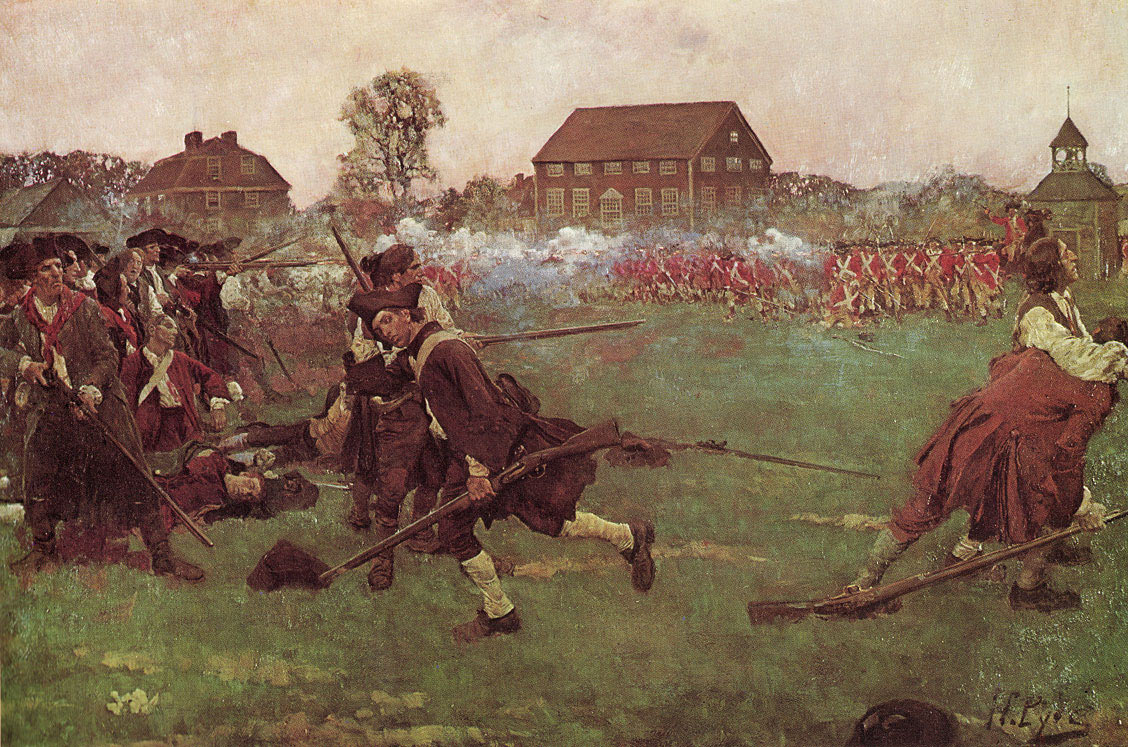 The “shot heard round the world” commenced when about 70 militiamen gathered on Lexington Green in Massachusetts faced one of the world’s best armies. When it was over eight Americans were dead and 10 more were injured. The Patriots lost that day; but when the war ended six years later, America’s independence was won.
The “shot heard round the world” commenced when about 70 militiamen gathered on Lexington Green in Massachusetts faced one of the world’s best armies. When it was over eight Americans were dead and 10 more were injured. The Patriots lost that day; but when the war ended six years later, America’s independence was won.
Mexican-American War – April 25, 1846
The U.S. and Mexico had been having border spats for some time. On April 23, Mexico’s president declared his government’s intention to fight a “defensive war” and sent 2,000 cavalrymen into disputed territory. They skirmished with American forces on April 25. President James Polk (click here to read more about him) seized on that as grounds for war, which Congress declared on May 13.
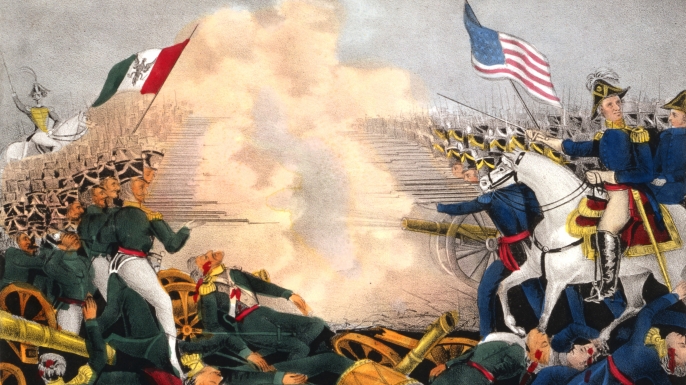 Turns out the Mexican president should have thought it over a little more before issuing his declaration. For when the war ended in 1848 the U.S. acquired California, Nevada, Utah, New Mexico, most of Arizona and Colorado, and parts of Texas, Oklahoma, Kansas and Wyoming. If Mexico had still possessed California when gold was discovered there just one year later it would have become a North American economic giant.
Turns out the Mexican president should have thought it over a little more before issuing his declaration. For when the war ended in 1848 the U.S. acquired California, Nevada, Utah, New Mexico, most of Arizona and Colorado, and parts of Texas, Oklahoma, Kansas and Wyoming. If Mexico had still possessed California when gold was discovered there just one year later it would have become a North American economic giant.
Civil War – April 12, 1861
This war had also been brewing for many years. Lincoln’s election in November 1860 was the tipping point. Southern states created the Confederate States of America and declared themselves an independent country. Problem: another nation, the United State of America, held military bases in southern territory. How could the infant Confederacy expect Europe to accept it as a sovereign country with another nation’s troops stationed on its soil?
President Jefferson Davis made one of history’s most ill-advised decisions. 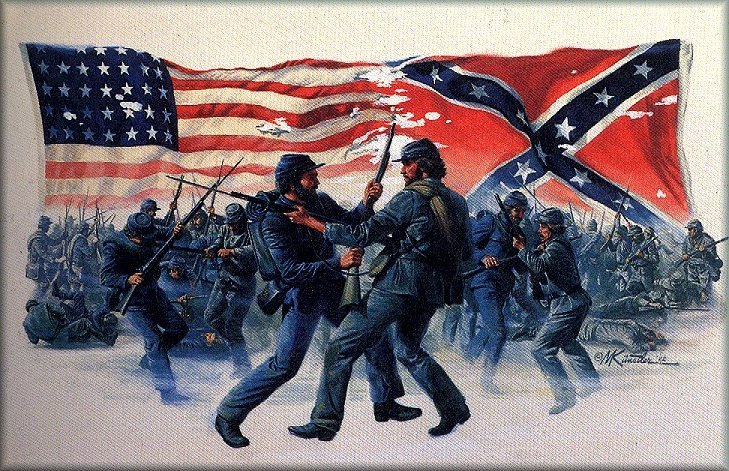 He demanded the surrender of Fort Sumter in Charleston Harbor; when its commander refused, the go ahead was given to attack. Sumter surrendered two days later. It was a colossal blunder. If Davis had only waited a little longer, the garrison would have been forced to surrender without a shot when it ran out of food. Instead, the bombardment rallied Northern morale. It also set in motion America’s bloodiest war. Modern research keeps driving up the number of casualties. It’s now believed 750,000 people died (including 50,000 civilians and 80,000 slaves); another 400,000 were injured.
He demanded the surrender of Fort Sumter in Charleston Harbor; when its commander refused, the go ahead was given to attack. Sumter surrendered two days later. It was a colossal blunder. If Davis had only waited a little longer, the garrison would have been forced to surrender without a shot when it ran out of food. Instead, the bombardment rallied Northern morale. It also set in motion America’s bloodiest war. Modern research keeps driving up the number of casualties. It’s now believed 750,000 people died (including 50,000 civilians and 80,000 slaves); another 400,000 were injured.
Spanish-American War – April 25, 1898
The “Splendid Little War” was a case of a crumbling Old World power (the Spanish Empire) on the decline butting heads with a young nation (the United State) on the rise.
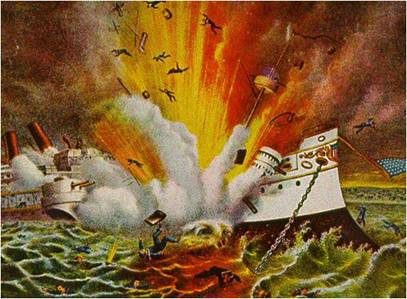 The short version is the battleship U.S.S. Maine exploded under mysterious circumstances in Havana Harbor on February 15, 1898. There was much finger pointing in determining guilt. “Yellow Journalism” newspapers owned by Joseph Pulitzer and William Randolph Hearst played a crucial role in turning American sentiment against the Spanish.
The short version is the battleship U.S.S. Maine exploded under mysterious circumstances in Havana Harbor on February 15, 1898. There was much finger pointing in determining guilt. “Yellow Journalism” newspapers owned by Joseph Pulitzer and William Randolph Hearst played a crucial role in turning American sentiment against the Spanish.
Congress passed a resolution demanding Cuban independence; it included an ultimatum to Spain to immediately withdraw its troops from the island and authorizing President William McKinley to take military action if it didn’t. Spain responded by declaring war on April 23; we did likewise on April 25.
In 3 months, 3 weeks and 2 days it was over. Our Navy stormed into Manila Bay and blew Spain’s fleet to bits; Teddy Roosevelt’s Rough Riders charged up San Juan Hill in Puerto Rico and that was that.
We emerged with the Philippines, Guam (click here for that interesting story) and Puerto Rico. Cuba became a U.S. protectorate until gaining full independence. American entered the 20th Century as a world player to be reckoned with.
World War I – April 6, 1917
April 2017 marks the centennial of America’s entry into World War I. The “War to End All Wars” had been raging for nearly three years by the time the United States entered.
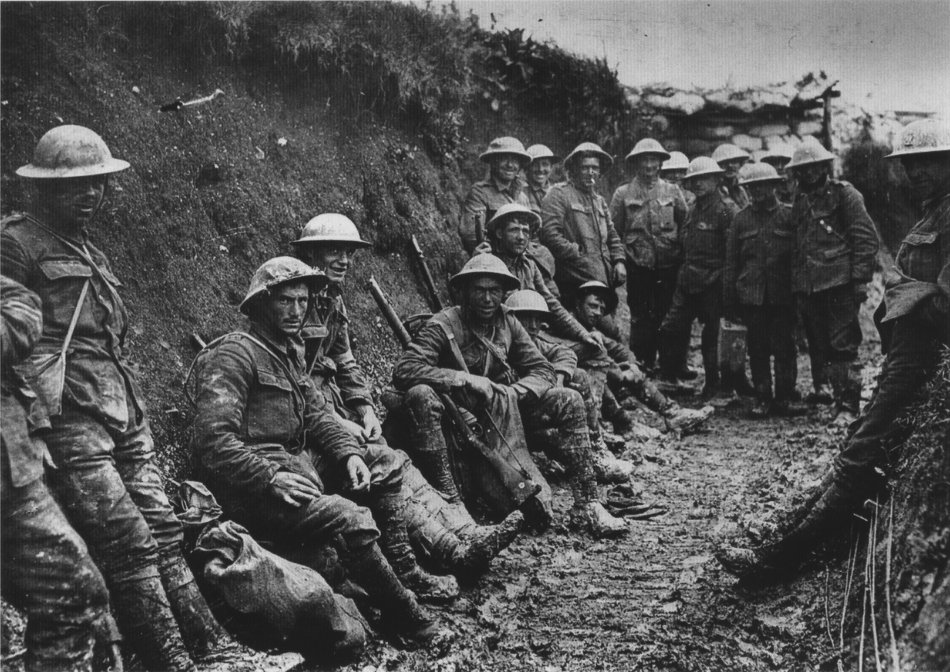 President Woodrow Wilson had won a close re-election in November 1916 on “He Kept Us Out of War.” Then a telegram was intercepted from Germany’s foreign minister, promising Mexico all the territory it had lost in the Mexican-American War in exchange for declaring war on the U.S. (thus keeping it out of the bigger war in Europe). Coupled with Germany’s resumption of unrestricted submarine warfare, Wilson decided the time had come to fight. Just 32 days after starting his second term, war was declared war on April 6.
President Woodrow Wilson had won a close re-election in November 1916 on “He Kept Us Out of War.” Then a telegram was intercepted from Germany’s foreign minister, promising Mexico all the territory it had lost in the Mexican-American War in exchange for declaring war on the U.S. (thus keeping it out of the bigger war in Europe). Coupled with Germany’s resumption of unrestricted submarine warfare, Wilson decided the time had come to fight. Just 32 days after starting his second term, war was declared war on April 6.
More than 117,000 Americans died. Most casualties came in the war’s final 60 days. One shudders to image how many more lives would have been lost if fighting had dragged on longer.
 Ironic, isn’t? One of the most beautiful months of the entire year is the time when Americans went to war most often. Let’s hope this April doesn’t keep the streak going.
Ironic, isn’t? One of the most beautiful months of the entire year is the time when Americans went to war most often. Let’s hope this April doesn’t keep the streak going.
Did you find this enjoyable? Please continue to join me each week, and I invite you to read Tell it Like Tupper and share your review!
Curious about Tell It Like Tupper? Here’s a chance to see for yourself. Take a sneak peek at a couple chapters in this free downloadable excerpt.
